Buying your first home is an exciting milestone—but it’s also one that comes with responsibilities that extend beyond your monthly mortgage payment. While most first-time buyers focus on the price of the home and their loan terms, it’s equally important to understand the hidden or ongoing costs of homeownership. Budgeting for these ahead of time can save you from unexpected financial stress.
Here’s a breakdown of key expenses you should be prepared for:
1. Property Taxes
Property taxes vary widely depending on your home’s location and assessed value. These taxes are typically due annually or semi-annually, though many lenders include them in your monthly mortgage payment via an escrow account. Be sure to research the property tax rate in your area and factor it into your overall budget.
Tip: Don’t assume your taxes will remain the same year to year. As your property value increases, so can your tax bill.
2. Homeowners Association (HOA) Fees
If your home is in a neighborhood governed by a homeowners association, you’ll likely owe monthly or annual dues. These fees often cover amenities like landscaping, community pools, and shared maintenance, but they can range from modest to quite steep.
Tip: Review the HOA’s rules and fee schedule before buying to avoid surprises—and make sure you’re comfortable with the restrictions and requirements they impose.
3. Home Insurance
Homeowners insurance is essential for protecting your investment. It typically covers damages from events like fire, storms, and theft, but not all policies are created equal. You may also need additional coverage for floods, earthquakes, or high-value items.
Tip: Shop around for quotes and consider bundling with other insurance (like auto) to save. Make sure you understand what’s covered—and what’s not.
4. Routine Maintenance and Repairs
Every home needs regular upkeep. From servicing your HVAC system to cleaning gutters and sealing windows, these tasks help prevent bigger issues down the line. And then there are unexpected repairs—like a leaky roof or broken water heater—that can arise without warning.
Tip: A good rule of thumb is to set aside 1%–2% of your home’s purchase price annually for maintenance and repairs. Keep an emergency fund for surprise expenses.
5. Utilities and Services
If you’ve been renting, you may not have paid for all utilities. As a homeowner, you’ll be responsible for electricity, water, gas, trash, internet, and possibly sewer and recycling fees. Larger homes and different climates can mean significantly higher bills.
Tip: Ask the seller or real estate agent for past utility bills to estimate your future costs.
6. Appliances and Furnishings
While not a recurring fee, many buyers overlook the cost of outfitting a new home. Whether you’re upgrading outdated appliances or buying furniture to fill the extra space, these expenses add up quickly.
Tip: Budget for these items separately and prioritize what you need right away versus what can wait.
Owning a home is a long-term investment that offers stability, equity, and pride of ownership—but it also comes with ongoing costs that can catch you off guard if you’re not prepared. By budgeting for these hidden expenses, you can enjoy your new home with greater confidence and peace of mind.







